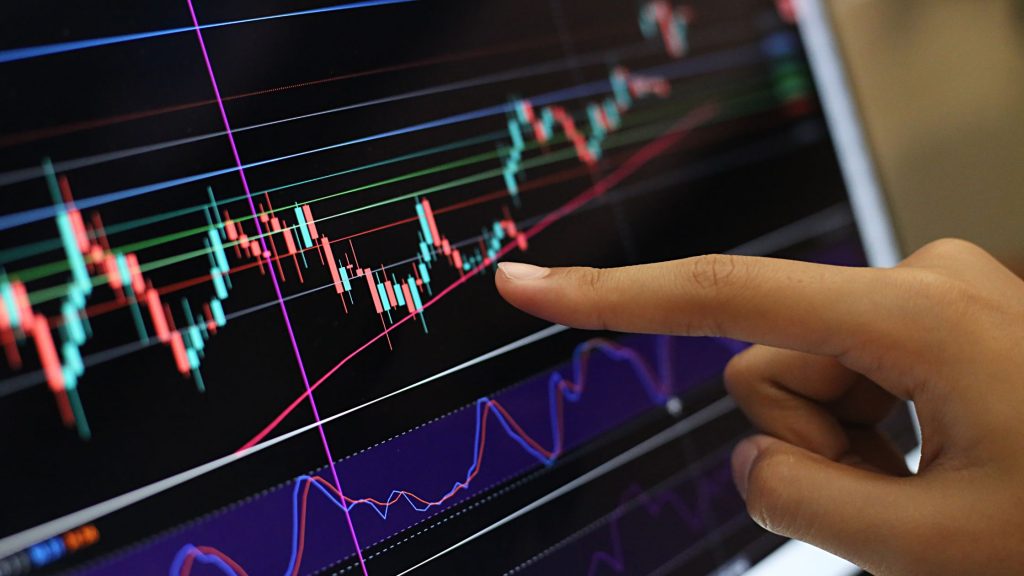In the Forex market environment, a carry trade is a strategy designed around borrowing or selling a low yielding asset, with a low interest rate and then using that to purchase a high yielding asset, one with a higher interest rate. The idea here is to generate gains on the interest rate differential as you borrow (and pay) a lower interest rate and purchase (and get paid) a higher one.
Investors will identify currencies with low or high interest rate yields based on the interest rates set by the currencies’ respective Central Banks. Central Banks use monetary policy to change interest rates as they attempt to balance their country’s (or bloc’s) economic conditions and achieve their mandates. As such, interest rates will either drop, remain the same or climb depending on the Central Bank’s current cycle.
By buying a high yield currency with a low yield currency and holding the purchase, the investor will be able to accumulate the interest rate difference in gains. So, if the investor borrows a currency where they have to pay 1% interest per year and uses it to buy a currency that offers (pays out) 5% interest per year, the differential will be 4% gains per year (5% received – 1% paid). There are certain conditions which have to met for the strategy to perform well which we can look at in just a moment.
How to Use the Carry Trade to Generate Passive Income in Forex
So where does the passive income concept come into play with a carry trade? Using the previous example, where the investor receives a 4% interest rate differential payout per year, and assuming that the differential does NOT change (i.e., Central Banks do not change interest rates during that time), all the investor has to do is hold the position even if the exchange rate price does not move. Just holding the position, will guarantee that 4% return per year. In FX markets, where leverage plays an important role, large savvy investors can really make a killing under the right conditions by borrowing large leveraged amounts for their carry trades.
As long as the currency being borrowed or sold holds a lower interest rate than the one being purchased, holding a position where interest rates do not change, will yield the differential passively without price having to do much of anything. Of course, prices move, economic conditions change and unexpected events can come into play when least expected. Identifying these external condition changes is vital in order to determine whether the carry trade is still valid or not.

The Pros and Cons of the Carry Trade in Forex Trading
The Pros are very clear, right? Trading the FX market allows investors to borrow on margin (kind of like a deposit) and leverage much higher amounts than they would be able to say, in the equities market. This opens the door to very high interest rate differential returns using carry trades. If the currency the investor is buying is set to retain or increase in value and the interest rate differential is expected to remain significantly in its favor, there is really no better passive income strategy in Forex. It is simple to identify, easy to execute and price can just remain stable for ages… the investor will still receive the positive yield for as long as those conditions remain. In addition, if the purchased currency actually rises in valuation, the gains are increased further because the investor is not only gaining the interest rate differential payment but can also cash in on the valuation change when exiting the trade and selling the currency back (at a higher price than when it was bought).
However, there certainly are threats to the carry trade. If the currency that was purchased suddenly begins to devaluate as a result of the Central Bank cutting rates (reducing the differential), the expected gain % will drop accordingly. If the economic outlook for that currency’s country (or bloc) worsens, investors may start dumping the currency (aggressively selling it) and losses may be incurred through the devaluation itself (as well as potential differential reduction if, again, the Central Bank cuts rates). If risk aversion hits the markets, investors will start favoring lower yielding (but safer) safe haven assets and decide to abandon the higher yield (riskier) ones. This would also cause the purchased currency to potentially devaluate. Keeping an eye out for signs of these events is critical when designing and managing any carry trades.

Are there any alternatives to the Carry Trade for Generating Passive Income in Forex Trading?
When it comes to passive income in the forex markets, the carry trade is the MAIN passive (no action required once the purchase is made) strategy. Sure, we can look at swing trading, where investors hold a trade (buy or sell) for extended periods of time as an investment, based on a long-term valuation outlook… but there is some action required as the investor needs to ensure that the trend it is banking on is actually happening and will have to be a little more active about exiting (while the carry trade pays out without the need to exit the position).
Examples of Successful Carry Trade Strategies in the Forex Market
Carry trade strategies that work will always involve the following;
1-Borrowing or selling a low yield currency where the investor pays the lowest interest rate possible and using that principle to purchase a high yield currency where the investor will get paid as high an interest rate as possible. In essence, the investor is looking to buy a currency whose Central Bank has set a high interest rate, against a currency whose Central Bank has set a low interest rate.
2-Making sure that the outlook of the purchased currency remains stable. The investor needs to be relatively certain that the interest rate will remain at current levels or higher, that the economic outlook for that country (or bloc) is stable/positive and that there are no immediate headwinds on the horizon.
3-Making sure that the outlook for the borrowed currency remains poor or that Central Bank remains dovish with a loose monetary policy. The investor needs to be relatively certain that the interest rate will remain low and that there is no danger of sudden tightening which would cause the differential to be reduced or eliminated altogether.
And that is the carry trade in a nutshell. Learn to identify the favorable market conditions for it and you will be incorporating it into your investment arsenal in no time.




